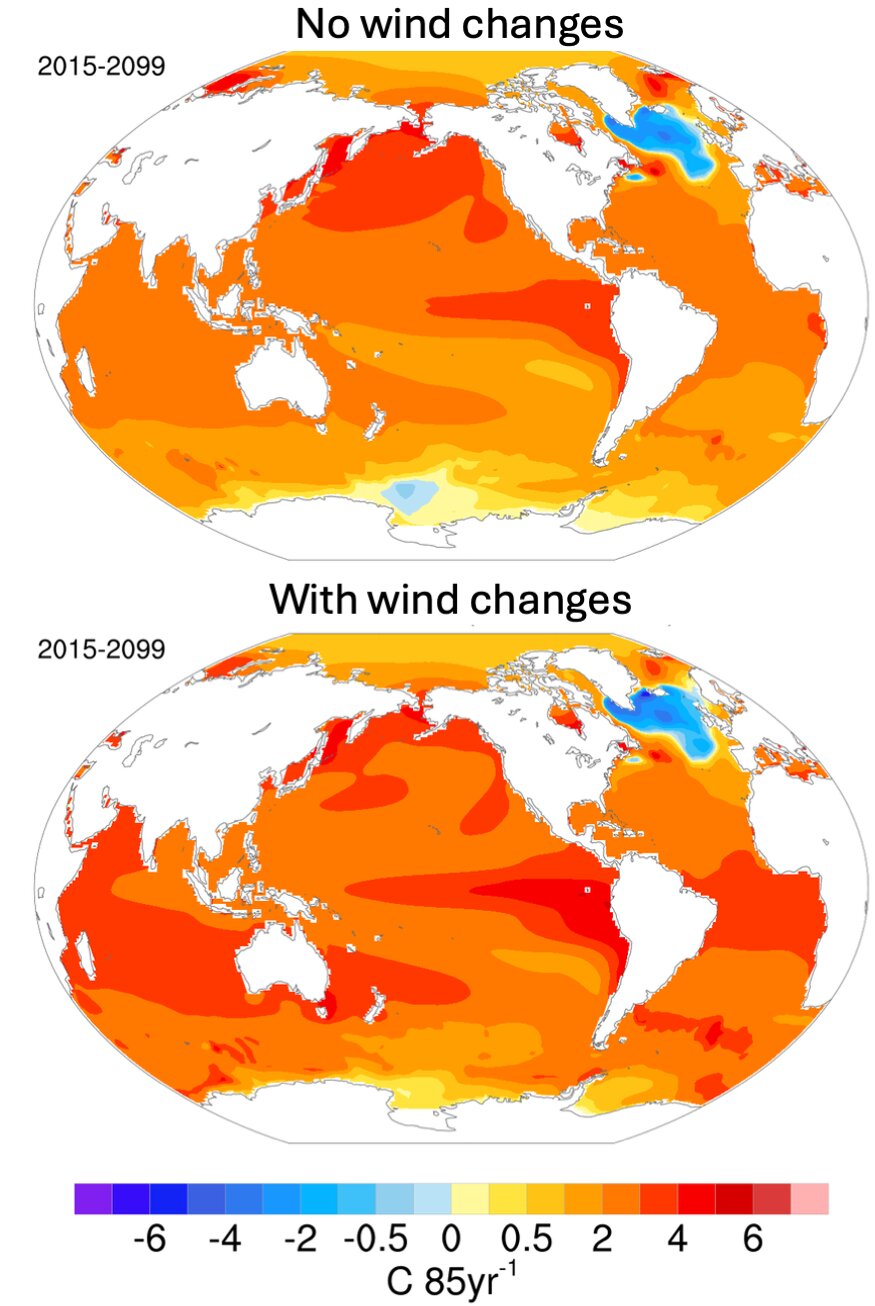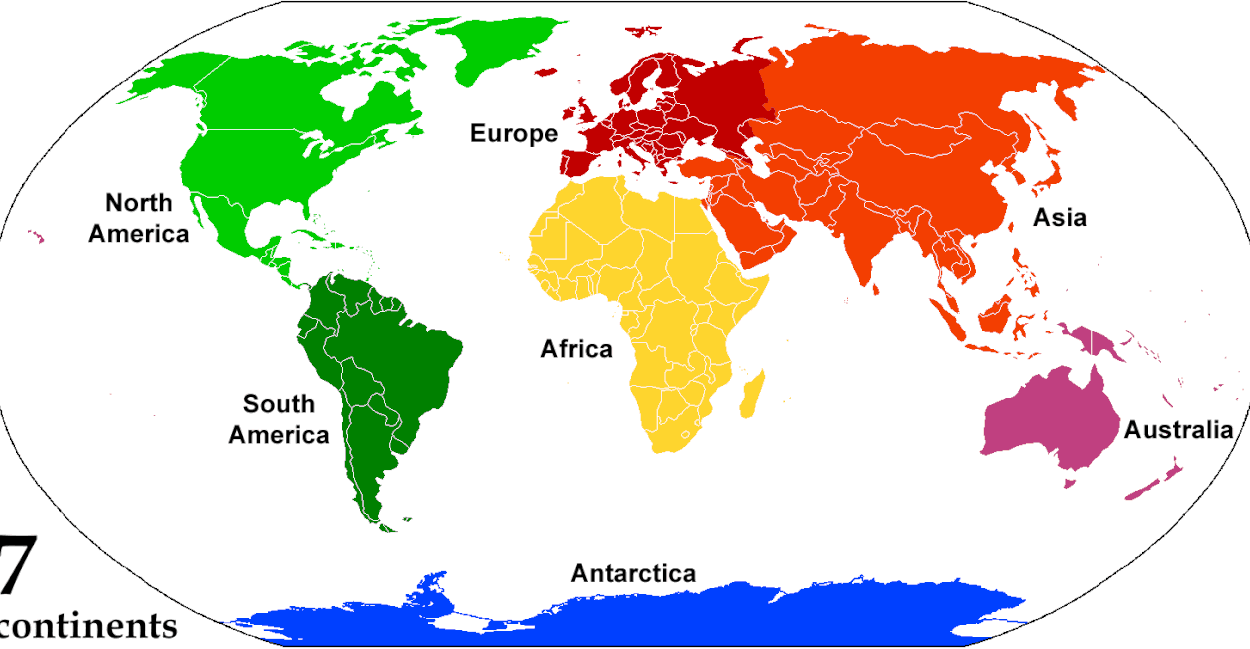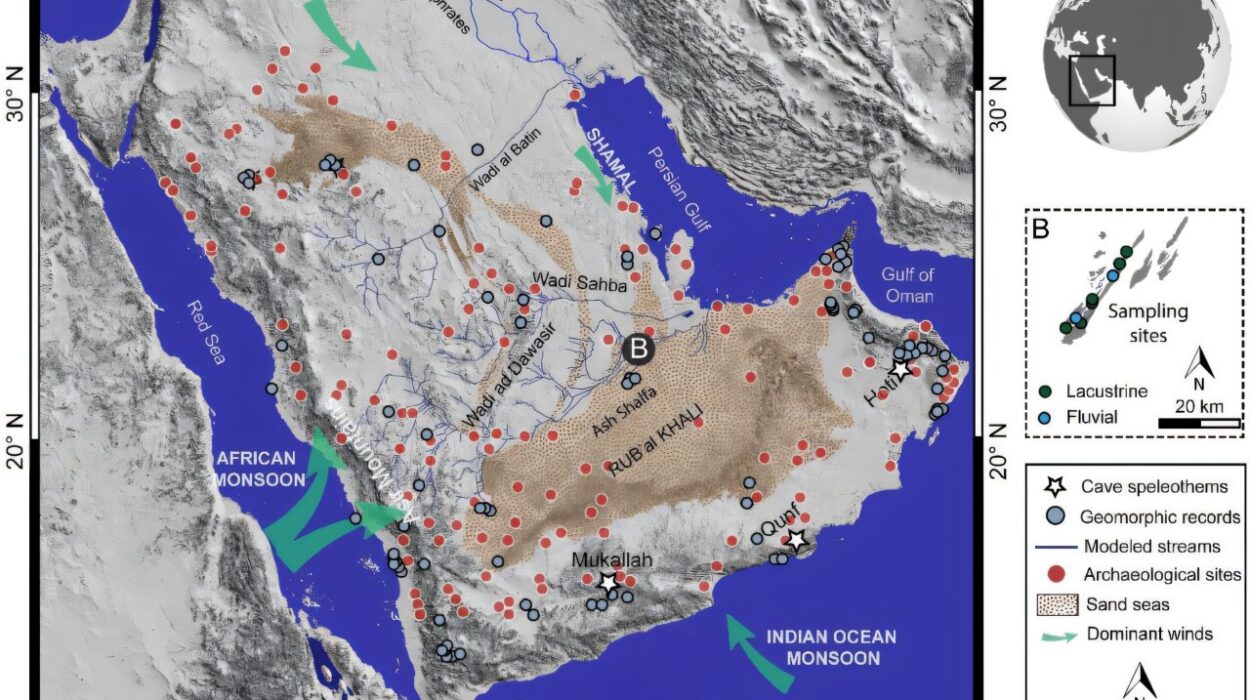Amidst the accelerating march of global warming, where glaciers retreat and coral reefs bleach under sweltering seas, one curious patch of the ocean is defying expectations. It lies in the North Atlantic, sprawling from the icy shores of Greenland to the green hills of Ireland—a swath of ocean water that, paradoxically, is cooling even as the rest of the planet heats up. This anomaly is not new, but scientists are finally beginning to understand it. The patch is known as the North Atlantic warming hole, and its presence is as enigmatic as it is important.
This chilling oddity—literally a cold spot in the ocean’s fever chart—is clearly visible in satellite imagery and climate models as a conspicuous blotch of blue amidst a sea of red and orange. It’s a sign of a planet in flux and of oceanic processes more intricate than previously imagined. Now, a new study published in the Journal of Climate is shedding light on the mechanisms behind this cooling mystery, pointing the finger squarely at shifting wind patterns and a rapidly evolving ocean conveyor belt.
Where Warming Turns to Cooling
To the untrained eye, the term “North Atlantic warming hole” might sound like a contradiction. Isn’t it a cooling region? Yes—but the phrase refers to an area that is not warming as much as the rest of the planet, and in many models, is actually getting colder over time. In a world where oceans are absorbing over 90% of the excess heat trapped by greenhouse gases, this cooling is not just anomalous—it’s alarming.
The region, located between Greenland and Western Europe, is influenced by one of the planet’s most powerful climate engines: the Atlantic Meridional Overturning Circulation, or AMOC. This sprawling system of ocean currents shuttles warm water from the tropics northward along the surface, where it cools, sinks, and then flows back southward in the deep ocean. It’s a massive redistribution of heat that moderates temperatures across the Northern Hemisphere. But like many finely tuned systems, it’s vulnerable to disruption.
A System Losing Its Stir
In the study led by Kay McMonigal, a physical oceanographer at the University of Alaska Fairbanks, researchers used advanced climate models to simulate how changes in wind strength and direction over the coming decades might influence the warming hole. They created two scenarios: one where atmospheric winds remain constant and another where wind patterns respond dynamically to rising greenhouse gases. Both were based on a moderate-to-high future emissions scenario.
In both simulations, the cooling in the warming hole persists, but something curious happens around 2040. That’s when the wind-driven changes to ocean circulation start making a measurable difference. According to the model that includes evolving wind patterns, the winds above the North Atlantic begin to weaken. These lighter winds reduce vertical mixing in the ocean—like turning down the speed on a giant planetary blender. As a result, less warm water from deeper layers is stirred upward toward the surface.
This quieting of the ocean’s surface not only deepens the local cooling but also propagates the cooling effect across the broader North Atlantic via ocean currents. The research suggests that this cooling could persist and even intensify well into the second half of the century.
Why Lighter Winds Mean a Colder Ocean
At first glance, the idea that weaker winds could lead to cooler seas seems strange. After all, we usually associate calmer winds with milder weather and warmth. But the ocean works differently. Wind isn’t just about storms or breezes—it’s one of the main drivers of surface mixing, pulling deeper waters up to the surface and pushing surface waters downward.
In the North Atlantic, a lack of wind reduces the vertical mixing that helps bring up relatively warm subsurface waters. This means that the surface stays cooler because it’s no longer replenished with warmer water from below. This effect is particularly strong between Newfoundland and Greenland, where the ocean’s natural circulatory system relies heavily on this wind-driven stirring.
In a broader sense, this shift represents a weakening of the AMOC, which scientists have long feared could be one of the most destabilizing consequences of global climate change. A slowdown of the AMOC doesn’t just affect ocean temperatures—it sends ripples through global climate systems, influencing rainfall patterns, storm tracks, and even monsoon dynamics.
A Cooling Patch with Global Consequences
The North Atlantic warming hole isn’t just a curiosity for climate scientists—it’s a significant piece of the puzzle in forecasting regional and global climate shifts. One of the key concerns is its impact on European weather. Europe’s relatively mild climate, especially in western countries like the United Kingdom and France, owes much to the warmth delivered by North Atlantic currents. Cooling in this region could disrupt storm tracks, alter jet stream behavior, and lead to colder winters and wetter summers in parts of Europe.
Moreover, the cooling patch could influence the position of the Intertropical Convergence Zone—a band of tropical rainfall that fuels monsoons and supports agriculture in equatorial regions. If the warming hole pulls this band southward, it could have dramatic implications for food security and water availability in West Africa and South America.
Precipitation levels across the North Atlantic basin may also shift, with potential drying in southern Europe and parts of the United States and intensified rainfall in northern Europe. These seemingly local changes are the outgrowth of a planetary system trying to redistribute heat—and doing so unevenly.
Unraveling the Dynamics
While wind and ocean currents are clearly playing major roles, researchers emphasize that the full picture remains incomplete. “There are a lot of implications for weather, especially over Europe,” said McMonigal. “If we want to be able to predict things well, the winds need to be accounted for.” That’s especially crucial in climate models that attempt to forecast regional effects—like how many inches of rain will fall in Paris in July 2050, or how storm surge risk might shift along the Irish coast.
The study involved collaboration with Melissa Gervais of Pennsylvania State University and Sarah Larson from North Carolina State University, both of whom have been investigating the intricate dance between ocean heat transport, atmospheric dynamics, and regional climate variability. Their combined modeling efforts point toward a compelling, if unsettling, picture: the warming hole is here to stay—and it’s likely to deepen.
The Past Echoes in the Present
What makes the current cooling in the North Atlantic even more intriguing is that it’s not entirely without precedent. During the last glacial period, scientists believe that large pulses of freshwater from melting ice sheets disrupted ocean circulation and triggered abrupt regional cooling in the North Atlantic—an event known as a Dansgaard–Oeschger event. Though today’s changes are not as abrupt, they share a common thread: disruption of a delicate thermohaline balance, driven by changes in salinity, temperature, and wind.
And with modern ice sheets melting at an accelerating pace—particularly in Greenland—there’s growing concern that freshwater input could further destabilize the AMOC. When saltier, denser water sinks in the North Atlantic, it drives the deep circulation. Add too much freshwater from melting glaciers, and that sinkhole loses strength, potentially leading to a full-fledged AMOC shutdown. Though still a worst-case scenario, the fact that modern models project real, observable change by mid-century raises serious alarms.
Why the Warming Hole Matters More Than Ever
If the warming hole were just a regional curiosity, perhaps it would remain a footnote in climate science. But its amplified role in climate feedback loops, weather patterns, and ocean dynamics makes it essential to understand. As we stand on the cusp of a warmer, stormier, less predictable climate future, the peculiar behavior of this patch of ocean could hold outsized influence over European agriculture, Arctic sea ice, hurricane formation, and even midwestern American droughts.
Moreover, the warming hole is a stark reminder that climate change isn’t uniform. The Earth’s system reacts in complex ways to a planetary fever—some regions heat dramatically, others cool counterintuitively. But they are all part of the same body, affected by the same underlying illness.
Understanding these nuances helps sharpen climate forecasts and policy responses. If lighter winds in the 2040s can alter a vast ocean’s surface temperature, then incorporating wind dynamics into future climate models isn’t just academic—it’s critical.
What Comes Next?
Looking ahead, climate researchers will continue refining their models and observations to determine how strong the AMOC’s decline might be, how wind trends will evolve, and what role Greenland’s melting ice will play in this unfolding drama. International climate agreements may aim to limit warming, but even in moderate scenarios, the North Atlantic warming hole is likely to persist or grow—a sign that even restrained climate change comes with profound, unexpected regional effects.
In some ways, this patch of cold water in a warming world acts like a canary in the coal mine: subtle, complex, but deeply connected to the machinery of the global climate system. It tells us that the Earth’s feedback loops are active and evolving, and that human activity continues to ripple through every corner of the natural world.
As strange as it may seem, it’s not the heat, but the cold in the North Atlantic that may help us better understand the future.
Reference: Kay McMonigal et al, Wind-Driven Ocean Circulation Changes Can Amplify Future Cooling of the North Atlantic Warming Hole, Journal of Climate (2025). DOI: 10.1175/JCLI-D-24-0227.1





